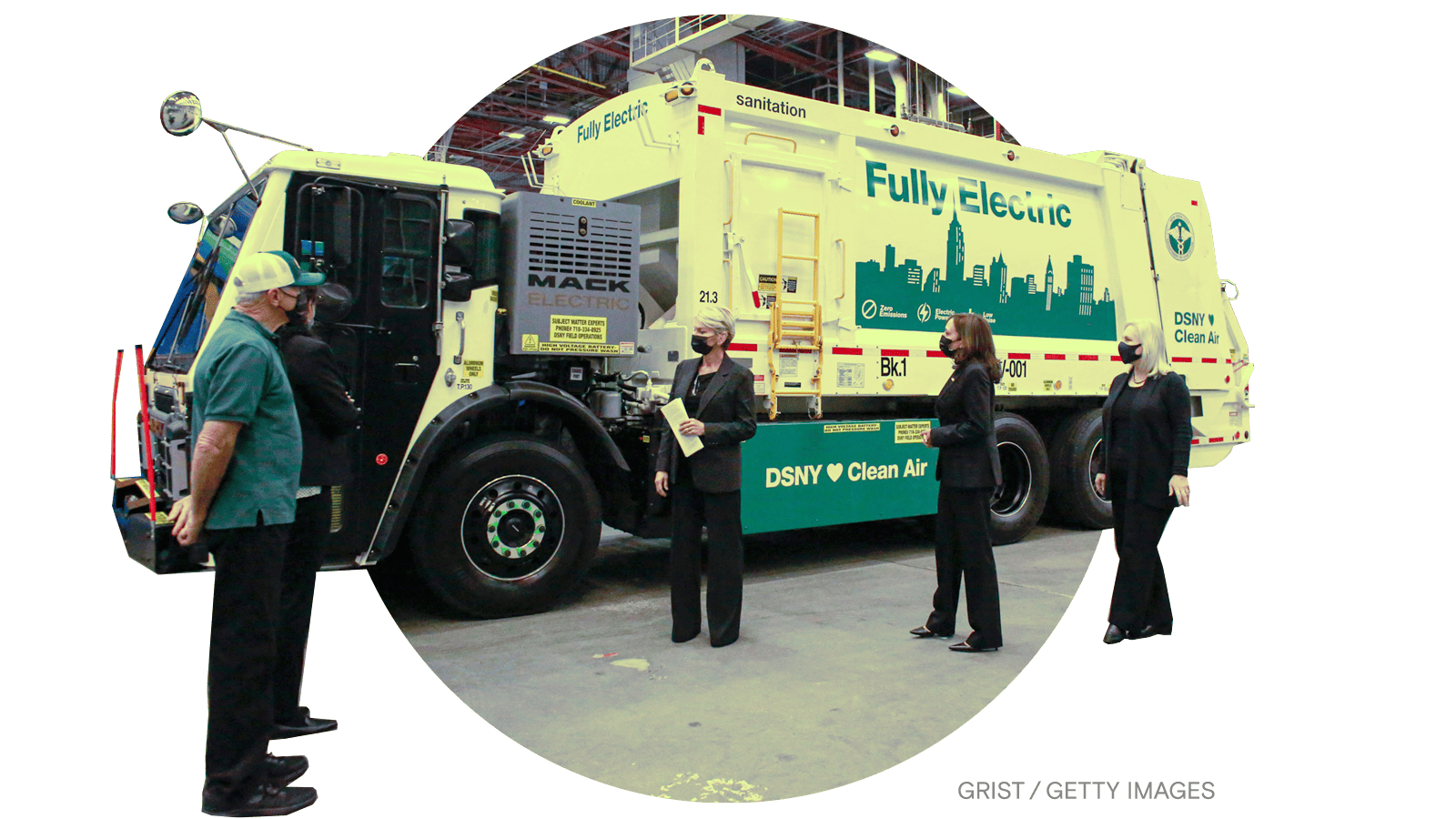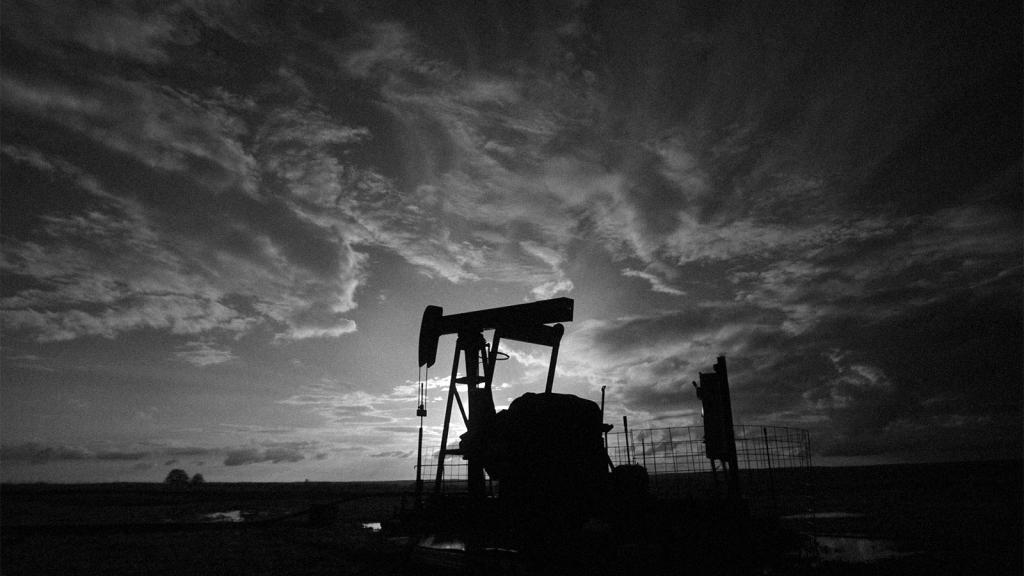Last year was rocky – to say the least. But as the coronavirus pandemic maintained its grasp on American society, the U.S. managed to continue charging on its path of energy efficiency, according to a new report by the American Council for an Energy-Efficient Economy, or ACEEE.
The nonprofit research organization’s annual Energy Efficiency Scorecard Progress Report found that in 2021 at least a dozen states passed new clean energy legislation or adopted new energy-saving standards. Notably, the new legislation included incentives for everything from fuel switching and electrification to, encouraging clean heating systems and even strengthening building codes.
The weather disasters of 2021 underscored the need for electrification in the face of large-scale power outages and subsequent high death tolls, Weston Berg, lead author of the report, said in a press release.
“As states emerged from the early months of the pandemic, they turned to electrification and energy-saving standards to help address the growing urgency of the climate crisis,” said Berg.
Seven states – Massachusetts, Illinois, Colorado, Minnesota, North Carolina, Oregon, and Washington – passed new energy laws that named electrification as a “growing priority.” At least five states, including the District of Columbia, passed laws requiring energy and water use reductions for appliances. California and New York set goals for all new passenger cars and light-duty trucks to be zero-emission by 2035.
Many states have also put laws on the books to ensure “equitable benefits” from their electrification push, the ACEEE found. These measures, primarily focused on transit, include the creation of transit-oriented affordable housing projects and the electrification of public transit fleets. In New York, the state’s ramped up efficiency and building electrification programs have a goal of 40 percent of the benefits reaching “disadvantaged communities.”
States expect their new programs to receive a major funding boost in the form of President Joe Biden’s $1.2 billion Bipartisan Infrastructure Law. The legislation is expected to shell out more than $12 billion for low-income household weatherization projects, improving building energy codes, installing electric vehicle charging stations, and a new revolving loan fund for commercial and federal building upgrades.
However, the ACEEE argues more funding could help further ramp up the process and pull the country out of its early pandemic-induced energy efficiency slump. From 2019 to 2020, household energy efficiency actually dipped 1.1 percent nationwide, the scorecard states.Particularly, the report outlines a need for more money to be allocated to rebuild the energy industry’s workforce. Compared to 2019, there are 250,000 fewer industry workers, according to the scorecard.
The scorecard also outlines a need for uniform adoption of codes being pushed by states like California, New Jersey, and Oregon. If more states enacted new clean energy laws, the country would be on a better track to meet its climate goals and support household-level recovery from COVID-19 by lowering “home and business energy bills, generating employment, and lessening the need for imported fuels.”
While putting these codes and laws on paper are wins, the report argues, implementation is still a huge mountain to climb. States are “adopting promising new laws that can reduce harmful pollution and create thousands of clean energy jobs, but they need to vigilantly implement them,” Berg said. Fighting for electrification, the ACEEE asserts, will help reverse the country’s racial and economic inequalities exacerbated by the pandemic.
Recognizing the potential for energy savings will not only reduce emissions, the report states, but will also help the country “bring about a just and equitable energy transition inclusive of all communities.”



